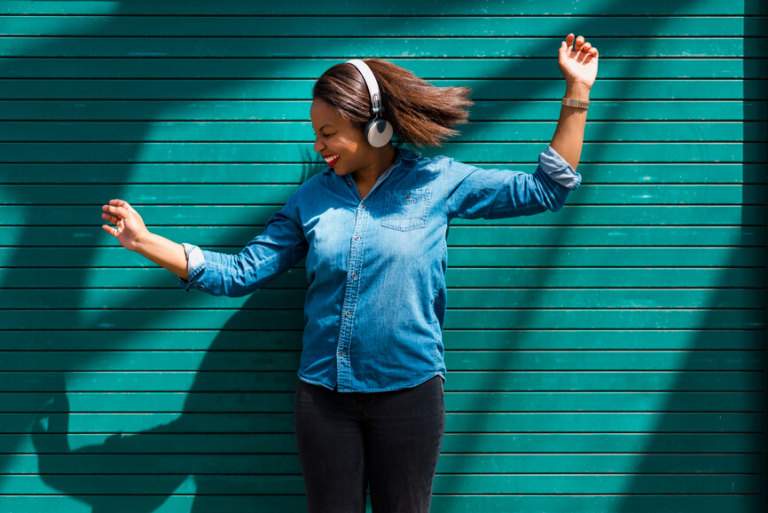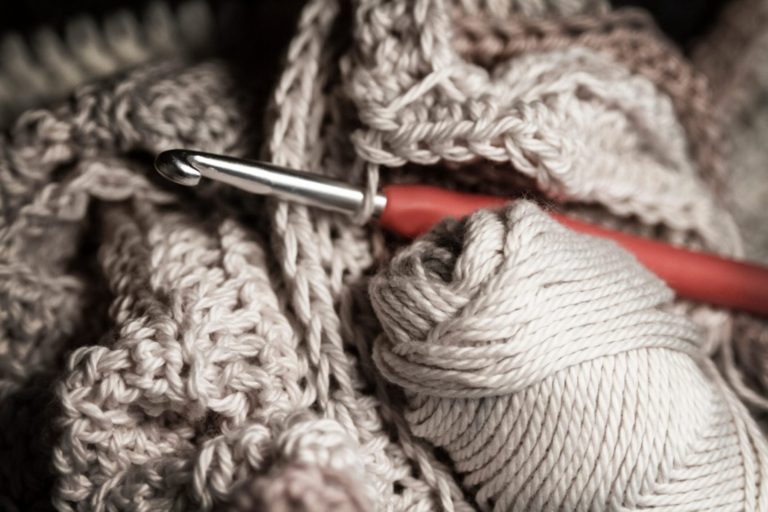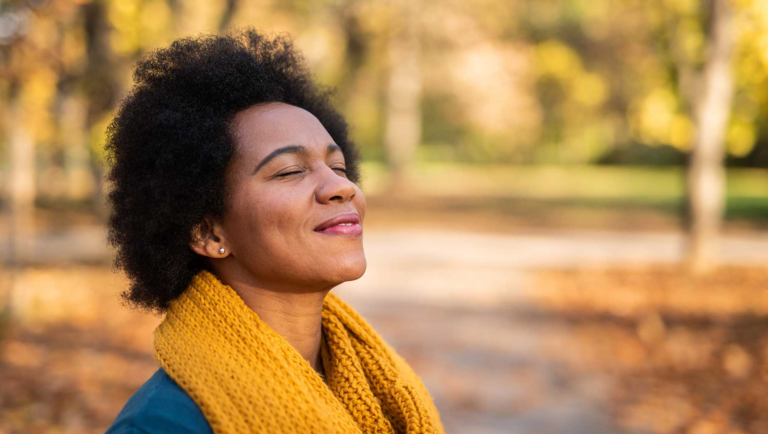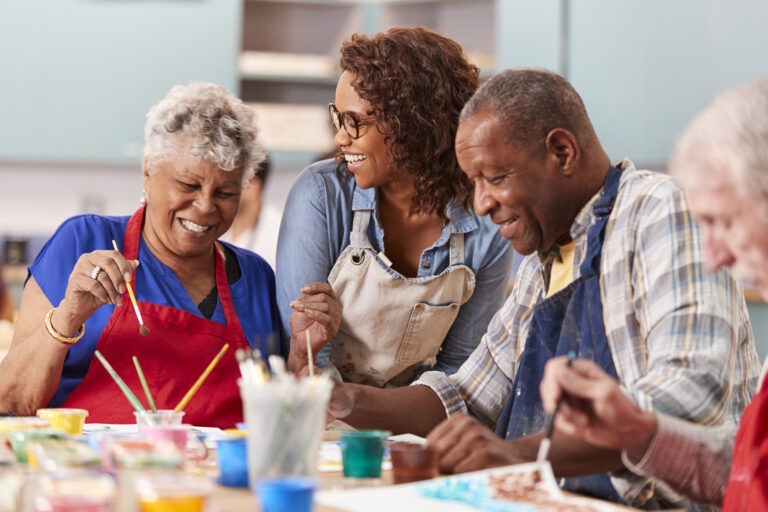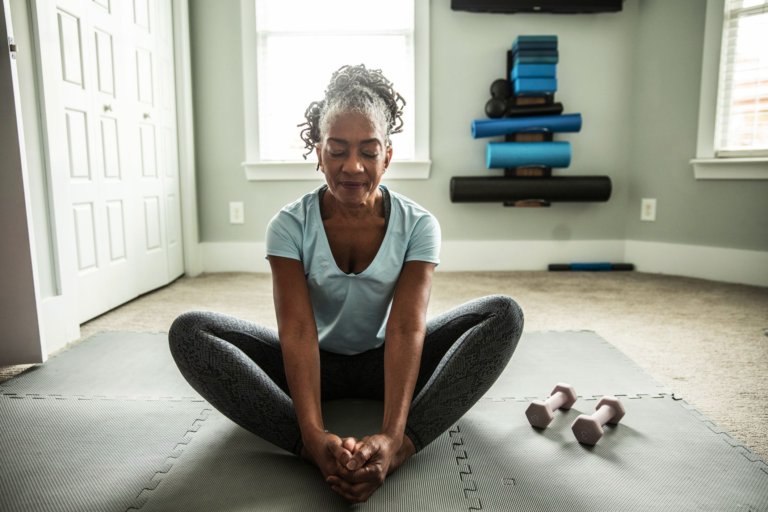The Benefits of Music When Aging
Typically those who seek to firm up their body, and become stronger typically head to the gym. If you want to exercise your mind, listen to music. There are few things that stimulate the brain like music does and this is why it’s so great throughout the aging process. Research has shown that listening to music can reduce anxiety, pain, blood pressure, as well as improve sleep quality, mood, mental alertness, and memory. So how is all of this possible? Simply put, vibrations.
A Brain Rattling Connection
Experts are still trying to understand how exactly our brains turn sound into music. Their current consensus — a stereo system puts out vibrations that travel through the air and reach the ear canal. Those vibrations tickle the eardrum and are transmitted into an electrical signal that travels through the auditory nerve to the brain stem. Assembled. Then transformed into what we know as — music.
Music is actually very mathematically structured, some may even say architectural in how a song is constructed, it’s built from the relationship between one note to the next and although you aren’t aware of it, it takes a lot of brain work to process it.
Musical Benefits
Interesting research aside, listening to your favorite song provides some very intriguing brain benefits you should be aware of and that will keep you feeling youthful.
Music can form part of the treatment for conditions such as Alzheimer’s disease and other forms of dementia. It has also been scientifically proven to lower cortisol, the stress hormone. And increase dopamine, the reward hormone, which can help to elevate your mood. The part of the brain called the amygdala is responsible for processing the sounds we hear, along with our mood and emotions.
Listen to what your grandchildren are listening to, experts suggest. We know it can be intimidating when we tend to stick to our usual music library built in our 20s. But new music challenges the brain in a way that old music doesn’t. It might not feel pleasurable at first, but that unfamiliarity forces the brain to understand the new sound, creating neuron connections in the brain that are both new and revitalized!
Lastly, pay attention to how your body reacts to different forms of music. What helps one person concentrate might be distracting to someone else. And what helps one person unwind might make another person jumpy. Music is ultimately meant to be enjoyed alone or with others, to make us feel every emotion there is, and to help live a more youthful vibrant life!
